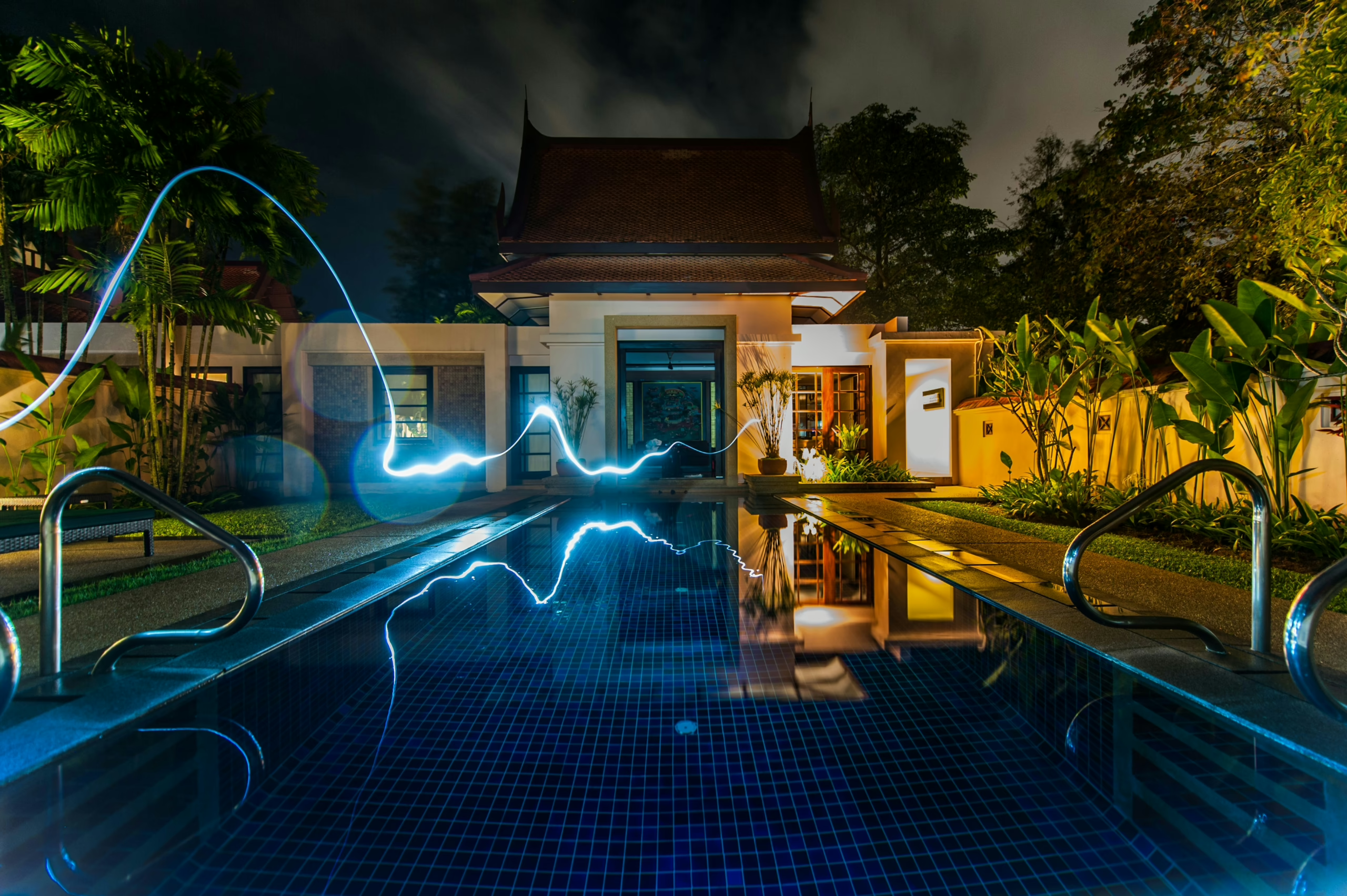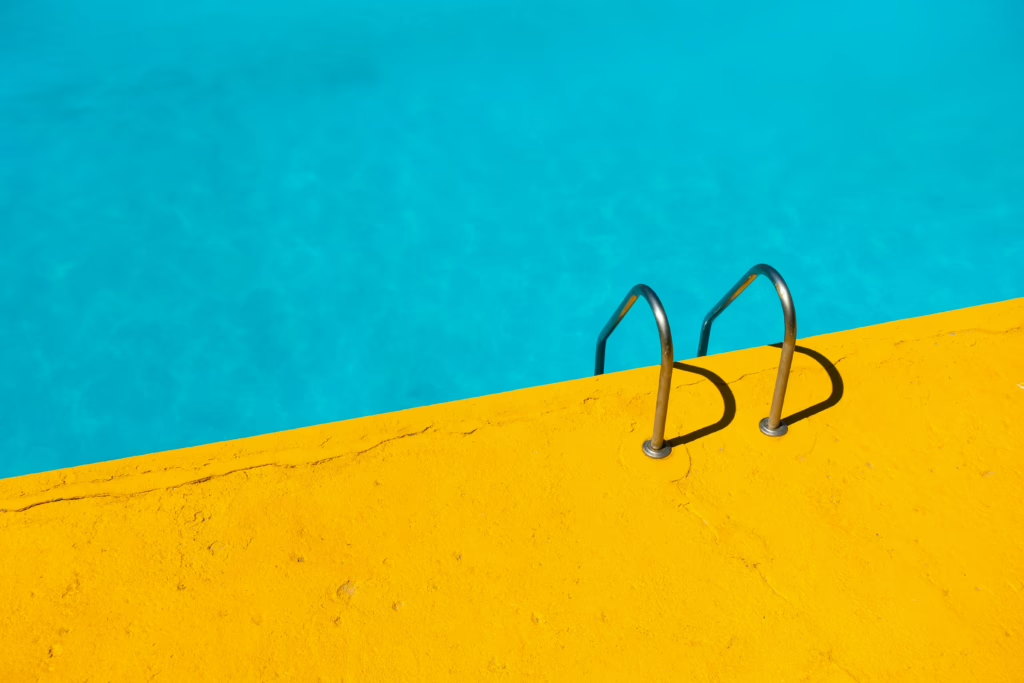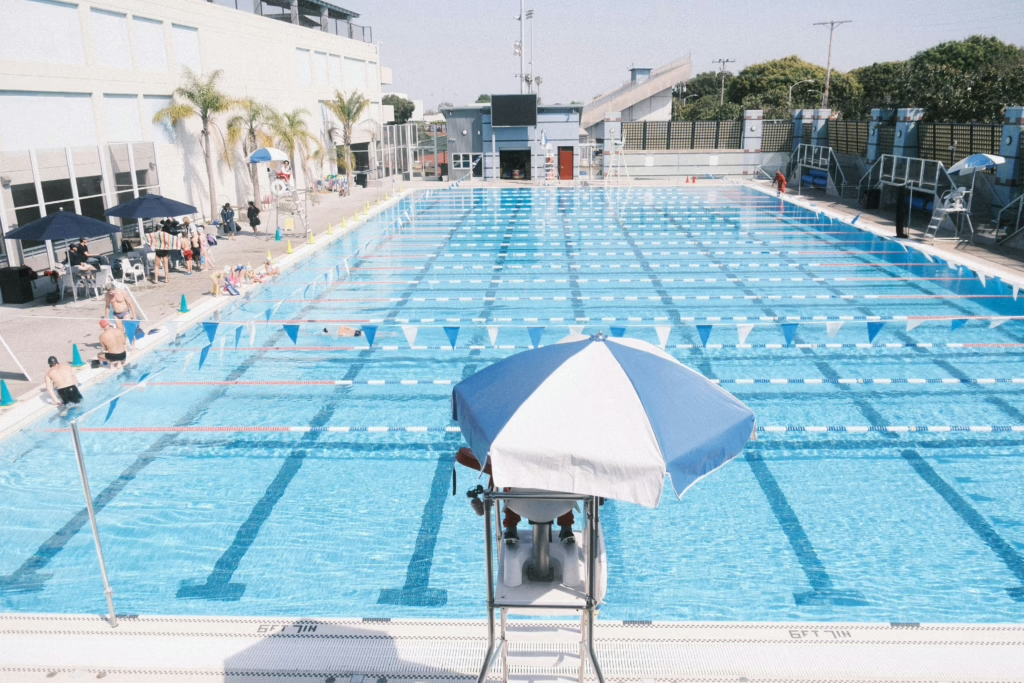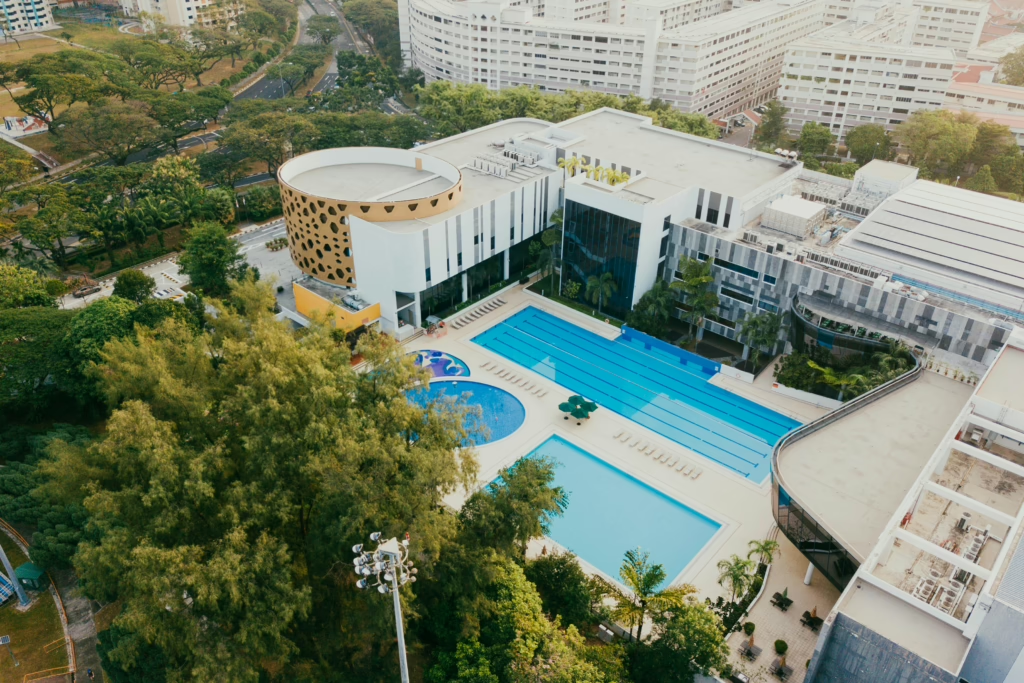Have you ever wished your pool could just take care of itself? Well, with modern automation systems, that dream is closer to reality than you might think! Pool automation has completely transformed how we maintain our backyard oases, taking the guesswork out of chemical balancing, temperature control, and cleaning schedules. But here’s the thing – even the most advanced system is only as good as its installation.
If you’ve been searching for “pool automation system installation near me,” you’re already on the right track to simplifying your pool care routine. Finding a qualified professional to handle your installation can make all the difference between a system that works seamlessly and one that creates more headaches than it solves. In this guide, we’ll walk you through what to expect during the installation process, from initial assessment to final setup, so you can enjoy all the benefits of your smart pool without the stress.
Whether you’re upgrading an existing system or diving into automation for the first time, understanding the installation process helps ensure you get the most value from your investment. Let’s explore how professional installation transforms your pool experience and why cutting corners simply isn’t worth it when it comes to pool automation.
Pre-Installation Planning: Setting the Foundation for Success
1. Evaluating Your Current Equipment
Before a single wire is connected, a thorough assessment of your existing pool setup is essential. Your installer will examine everything from pumps and filters to heaters and lighting systems. They’re not just checking to see what you have – they’re evaluating compatibility with your new automation system.
“When we do initial evaluations, we often find equipment that’s technically functional but not ideal for automation,” explains one industry expert. “Sometimes replacing an older pump actually saves money in the long run because the newer, compatible models are so much more energy-efficient when paired with smart controls.”
This evaluation identifies potential roadblocks before they become problems. If your current chlorinator isn’t compatible with digital controls, for instance, you’ll want to know that before the installation begins rather than discovering it afterward.
2. Customizing Your System
Every pool owner has different priorities. Some want to focus on energy efficiency, while others are more interested in convenient smartphone control or elaborate lighting sequences for entertaining. During pre-installation, your professional installer should have detailed conversations about:
- Your typical pool usage patterns
- Features you use most frequently
- Pain points with your current setup
- Special requirements like spa integration or water features
This information helps tailor the automation system to your specific needs. Rather than a one-size-fits-all approach, professional installation ensures your system is configured precisely for your lifestyle.
The Installation Process: Bringing Your Smart Pool to Life
1. Installing the Central Control Unit
Think of the control unit as the command center of your pool automation system. Your installer will carefully select a location that:
- Protects the unit from direct exposure to the elements
- Provides easy access for maintenance
- Allows for proper ventilation
- Minimizes distance to pool equipment
The mounting and wiring of this component requires specialized knowledge of both pool systems and electrical work. Professionals ensure that all connections are properly sealed against moisture and heat, which are the primary enemies of electronic components in a pool environment.
2. Connecting and Configuring Each Component
With the central unit in place, your installer will methodically connect each piece of equipment to the system:
- Variable speed pumps are programmed for optimal flow rates at different times
- Heaters are linked with temperature sensors for precise control
- Lighting systems are configured for different scenes and schedules
- Chemical controllers are calibrated for your specific pool requirements
This isn’t simply about connecting wires – it’s about programming each component to work in harmony with the others. A professional understands the interdependencies between different pool systems and configures them accordingly.
3. Setting Up Communication and Remote Access
Modern pool automation systems offer tremendous convenience through app-based control and monitoring. Your installer will:
- Configure WiFi or cellular connections
- Set up user accounts with appropriate access levels
- Ensure secure remote connections
- Test connectivity from multiple devices
This step transforms your pool from a standalone feature to an integrated part of your smart home ecosystem. Many systems can even connect with voice assistants like Alexa or Google Home for hands-free control.
Post-Installation: Ensuring Long-Term Performance
1. System Testing and Troubleshooting
Once everything is connected, your installer will conduct comprehensive testing of all functions:
- Running each component individually and then in automated sequences
- Verifying sensor readings against manual measurements
- Testing fail-safes and alert systems
- Checking for unusual power draws or operating sounds
This methodical testing process catches potential issues before they become problems. Professional installers know what to look for and can make adjustments on the spot to ensure optimal performance.
2. User Training and Support
A sophisticated automation system is only valuable if you know how to use it. Quality installation services include thorough training on:
- Daily operation through the app or control panel
- Setting and modifying automated schedules
- Interpreting system alerts and messages
- Basic troubleshooting steps
Many installers will also schedule a follow-up visit after you’ve had some time with the system. This allows them to answer questions that have come up during actual use and make any adjustments to better suit your preferences.
Frequently Asked Questions:
1. What exactly is a pool automation system?
A pool automation system is essentially a smart controller that connects to all your pool equipment – pumps, heaters, lights, cleaners, and chemical treatment systems. It allows you to control everything from a single interface (often a smartphone app) and can automatically adjust settings based on conditions or schedules you’ve established.
2. How much should I budget for professional installation?
Professional installation typically ranges from $1,500 to $5,000, depending on the complexity of your pool setup and the specific automation system you choose. While this might seem significant, proper installation prevents costly equipment damage and ensures you get the full efficiency benefits that automation promises.
3. Can any pool be automated, or are there limitations?
Most pools can be automated, but older equipment might need upgrades to be compatible with modern control systems. Your professional installer will evaluate your current setup and recommend any necessary updates to achieve your automation goals.
4. How long does the installation process take?
Most standard installations can be completed in 4-8 hours, though complex systems with multiple features might require a full day or more. Your installer should provide a time estimate based on your specific situation during the initial consultation.
5. Will automation really save me money in the long run?
Yes, when properly installed, automation systems typically reduce chemical usage by 30-50% and can cut energy costs by 40-70% through optimized pump scheduling and heating efficiency. These savings often allow the system to pay for itself within 2-3 years.
6. Can I install a pool automation system myself?
While DIY kits exist, professional installation is strongly recommended. Beyond the technical expertise required for proper wiring and configuration, many manufacturers only honor warranties on professionally installed systems. The potential for electrical hazards and equipment damage makes this a job best left to certified professionals.
7. How do I maintain my automation system after installation?
Modern systems require minimal maintenance beyond occasional software updates, which are often automatic. Your installer should provide guidance on any recommended periodic checks and how to interpret system alerts that might indicate maintenance needs.
8. Can pool automation be integrated with my existing smart home system?
Yes, many pool automation systems can connect with popular smart home platforms like Apple HomeKit, Google Home, and Amazon Alexa. Your installer can confirm compatibility with your specific smart home ecosystem and set up the necessary integrations.
Final Thoughts
Investing in pool automation is about more than just keeping up with technology – it’s about transforming your relationship with your pool. A professionally installed system eliminates the guesswork from pool maintenance, optimizes energy usage, and gives you more time to actually enjoy your pool rather than maintain it.
If you’ve been searching for “pool automation system installation near me,” remember that the quality of installation directly impacts your system’s performance, efficiency, and lifespan. Cutting corners on installation can negate many of the benefits these advanced systems offer.
At PoolLogic San Diego, our certified technicians bring years of specialized experience to every installation. With our streamlined process, most systems can be up and running in just 5 minutes of your time – we handle all the complex work while you simply make the key decisions about your preferences.
Ready to transform your pool experience? Contact us today for a consultation and discover how easy pool ownership can be with the right automation system, professionally installed.



